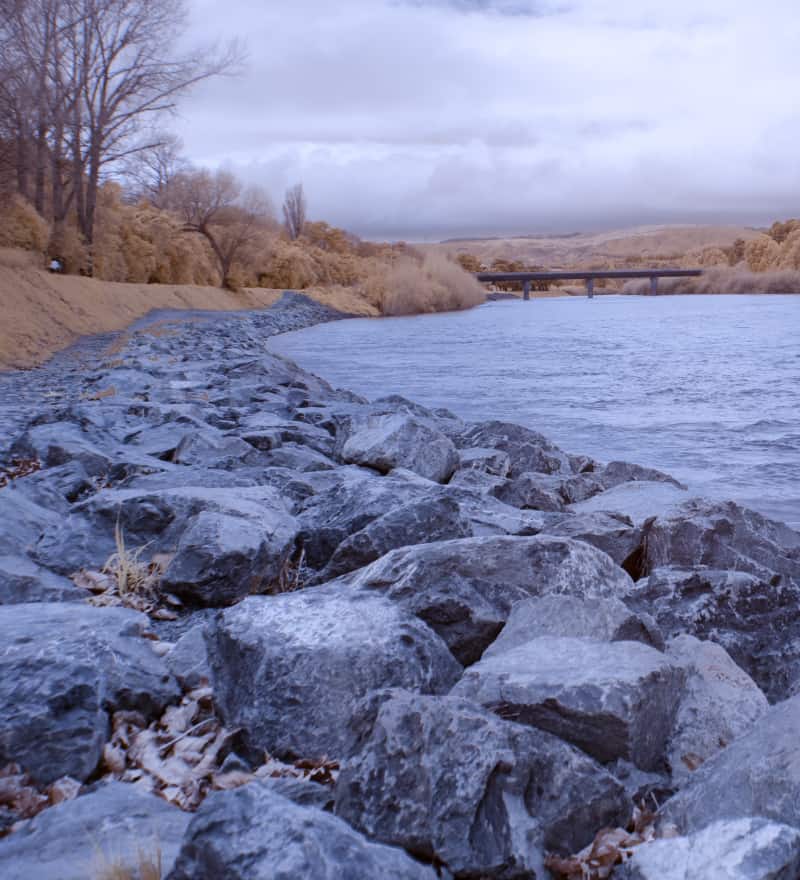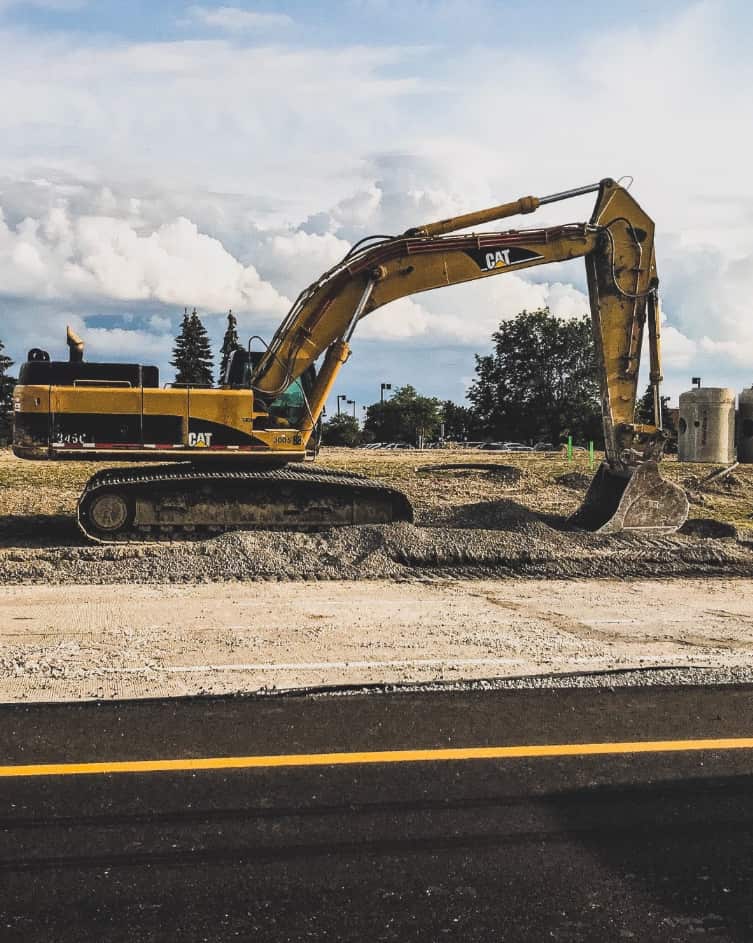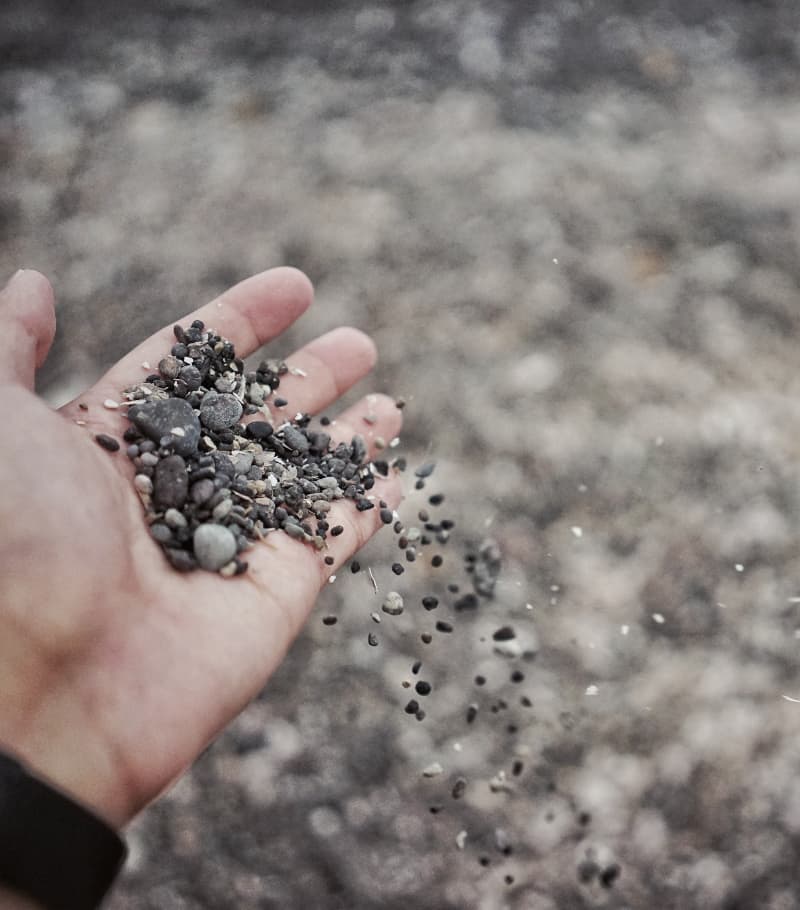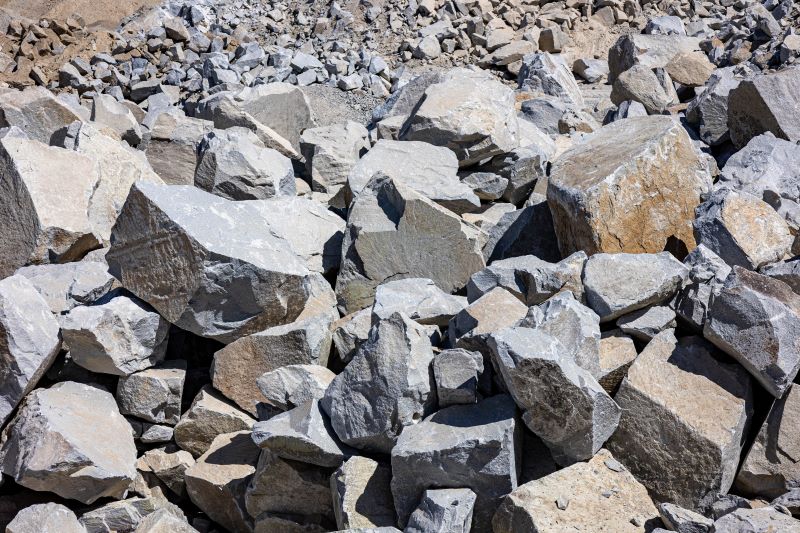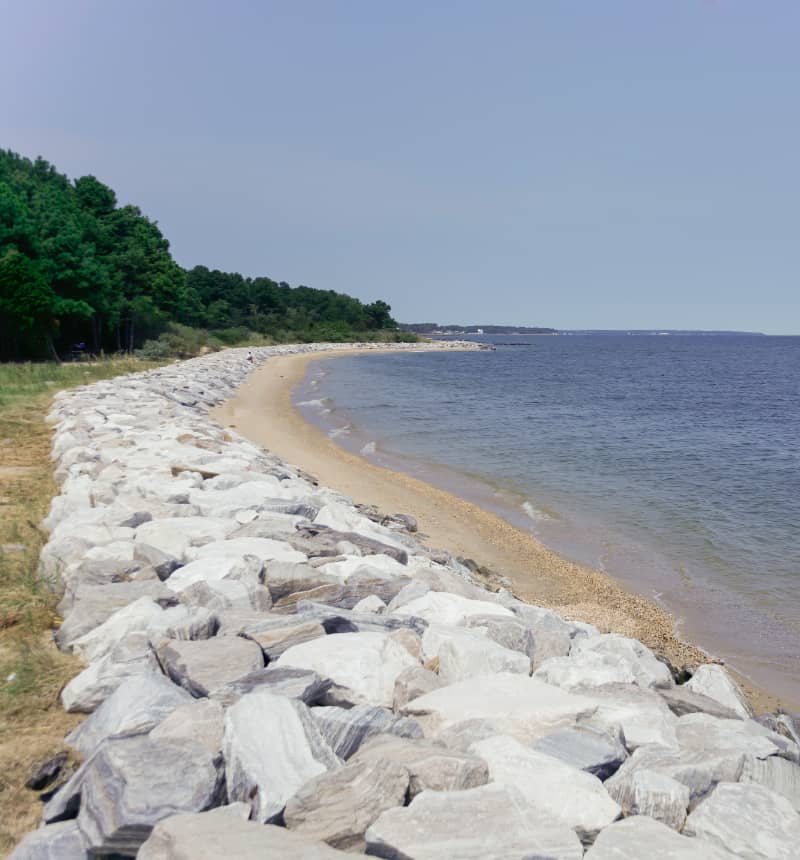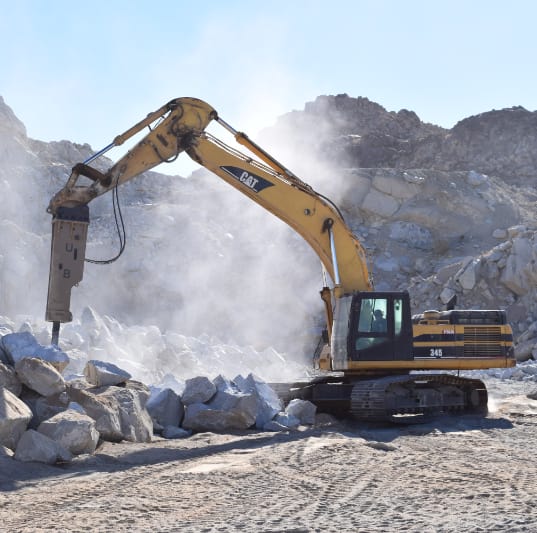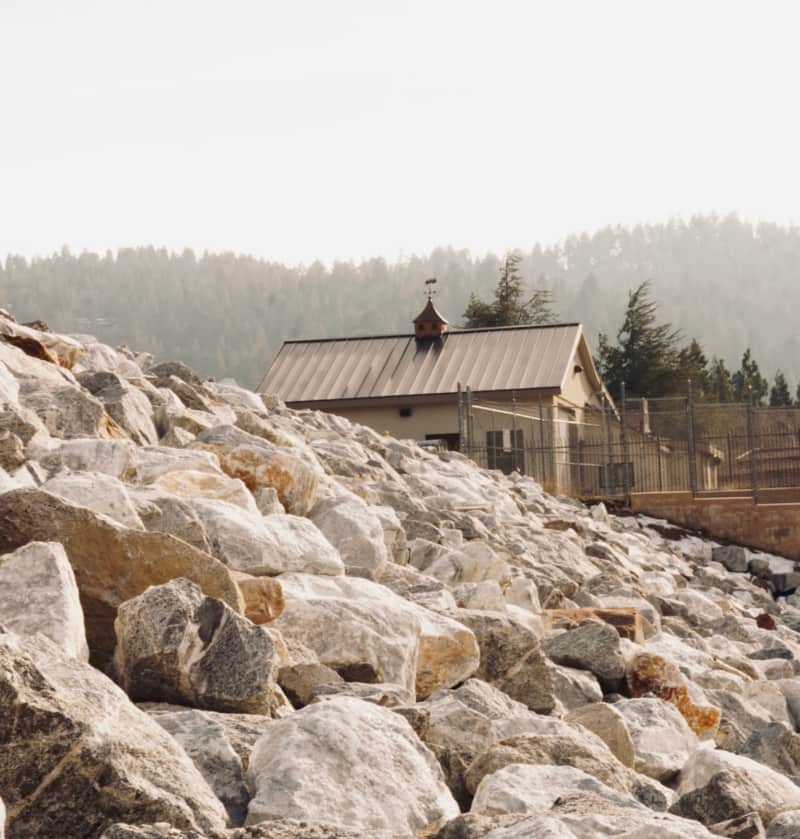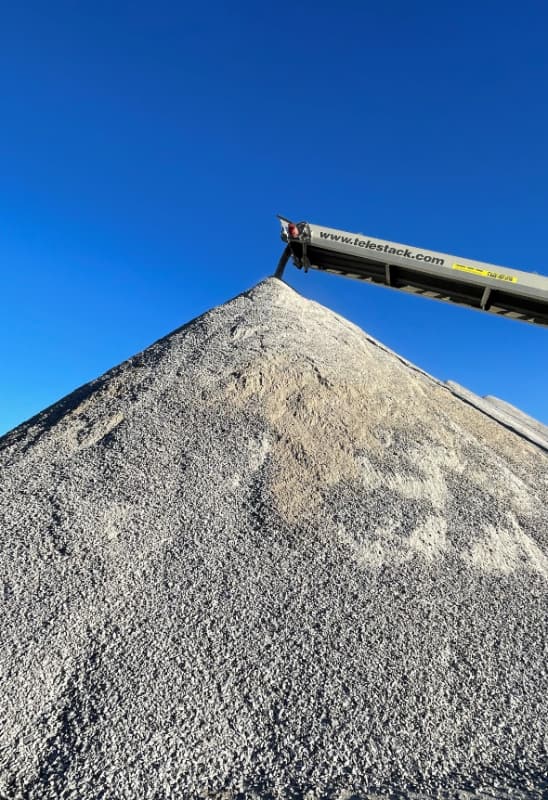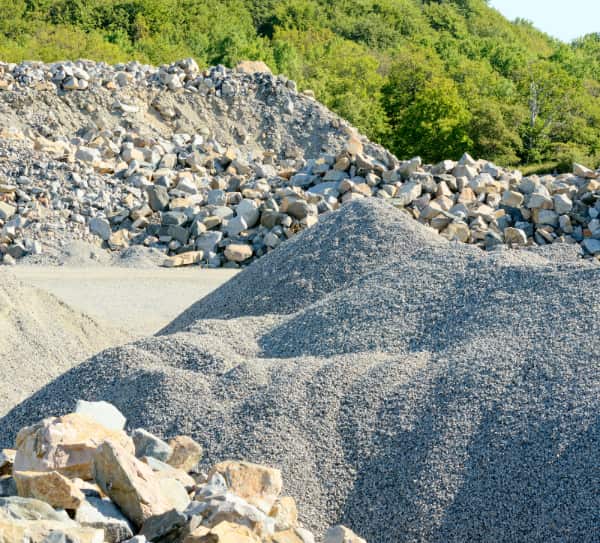
Buying Bulk Rock in Southern California
Bulk rock is a versatile construction and landscaping material, but making a large purchase can be complicated. Buying yours from a traditional retailer or store is one option, but there are many more benefits of getting your rock from a rock quarry.
Bulk Rock From a Quarry Is Cost-Effective
Whether you are looking for bulk rock for a major landscaping project or construction, distributors and traditional retailers add surcharges and fees to cover their costs. By purchasing directly from a quarry, you can enjoy a lower cost-per-unit than you would find elsewhere. This helps keep your construction within your budget range without sacrificing product quality.
Additionally, purchasing will reduce the associated transportation costs with getting your materials to your job site. There will be fewer trips required to get the same amount of rock to your property, saving you money and time.
Consistent Quality
Any time you are investing in a large number of construction materials, you want to make sure that you are getting a high-quality product. After all, skimping on product quality can lead to poor results in the finished job. Quarry rock is typically mined from a single source, so the material is more uniform.
Beyond the importance of consistent quality, bulk rock from a rock quarry is also more likely to have a cohesive look. This might not be a concern for small-scale work, but large-scale construction and landscaping jobs require a certain degree of uniformity for proper installation and an aesthetically appealing finished project.
Readily Available
Compared to retailers and other vendors, rock quarries have a consistent and steady supply of bulk rock and other rock materials. You don’t need to worry about running out of rock partway through and being unable to obtain more.
Additionally, due to the affordable nature of bulk rock, you can make a larger upfront purchase to reduce the risk of needing additional material. By simplifying and streamlining the sourcing process, the chances of finishing your project in a budget-friendly and timely fashion are much higher.
Bulk Rock Options in Southern California
Looking for reliable and high-quality materials for your construction or landscaping project?
Look no further! At Lynx Cat Mountain Quarry, we offer a wide range of top-notch products, including CAB, riprap, sand, ballast, sub ballast, and screened fill dirt. Our materials are carefully sourced to ensure that your project stands the test of time. Make the smart choice and enhance the value of your property with our exceptional products.

